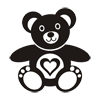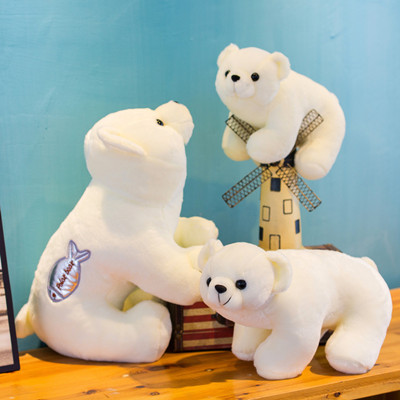The marketing of teddy bears has undergone a significant transformation, mirroring changes in consumer preferences and technological advancements. From traditional brick-and-mortar stores to modern online platforms, the marketing strategies for teddy bears have evolved to cater to a diverse and tech-savvy audience.
In the early days, teddy bears were primarily marketed through local toy stores and catalogs. The charm of these toys, combined with word-of-mouth recommendations, contributed to their popularity. As media and communication technologies advanced, television commercials and print advertisements further fueled the demand for teddy bears, making them a staple in the toy industry.
With the advent of the internet, the marketing landscape experienced a seismic shift. Online retailers allowed consumers to browse and purchase teddy bears from the comfort of their homes. Social media platforms enabled direct engagement between brands and customers, fostering communities of teddy bear enthusiasts who shared their collections, stories, and recommendations.
Personalization also emerged as a key marketing strategy. Customizable teddy bears, where customers can select features like fur color, clothing, and accessories, gained traction. This trend not only tapped into the desire for unique products but also created a sense of emotional attachment as customers designed bears that resonated with their preferences and memories.
In recent years, sustainability and ethical production have become focal points in teddy bear marketing. Brands are increasingly highlighting their use of eco-friendly materials and ethical manufacturing practices, resonating with environmentally conscious consumers.
In summary, the marketing of teddy bears has transitioned from traditional methods to a digital, personalized, and sustainable landscape. By embracing technology, engaging with online communities, and aligning with evolving consumer values, teddy bear marketers continue to capture the hearts of new generations.








